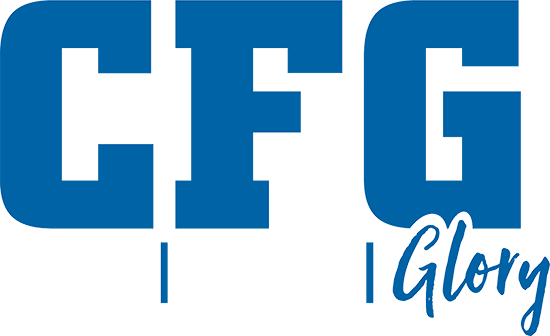Today, we’re confronting the reality – people get injured.
The statistics are pretty mind-blowing – in 2016 alone, there were 37,461 deaths from it. 2015? 146,571!
Shoot, let me back up – the 2016 statistic was from automobile deaths. 2015 was accidental death in the home.
I’m referring to gym injury. Exercise is actually a statically safe and healthy endeavor. When you compare it to other sporting activities, like baseball, soccer, or running, it’s startlingly safe.
But no physical activity is without risk.
What should you do if you do get injured? Well, first let me restate a couple things from a previous article:
(*I am NOT, and would never pretend to be, a doctor of any sorts. If what I am telling you goes counter to what your doctor has told you, then you owe it to yourself to do your due diligence and take ownership of your own recovery to see what works best (for the LONG term) for your particular scenario. My advice stems from a career of more than 16 years of coaching every possible level of athlete, from the professional to the most novice. I’ve worked alongside plenty of MD’s, PT’s, and DC’s in that time. But I am also humble enough to stay in my lane and refer people to a doctor when something is above my head.
As a quick reminder, in case you didn’t read the first part here, we are concerning ourselves with chronic pain – something that has developed over time. As opposed to an acute injury, like a broken elbow, in which case you should stop reading this and proceed directly to your closest doctor or ER!
When dealing with chronic injuries, the thing that you need to understand most is this: Be Patient.
An injury of this nature took a good bit of time to develop, and the recovery process is most likely going to be longer. Now, lets get right into it, how to fix yourself!)
Ok, now moving on to the point of this post: why you MUST continue to train when you get injured.
In plain terms, if you stop training altogether, you will miss out on the physical benefits of the “cross-education” phenomenon.
Huh? Unilateral (single arm or leg) resistance training produces strength gains in the untrained (read: injured) muscle group, an effect termed “cross-education.” The observed strength transfer has traditionally been considered a phenomenon of the nervous system. To read the entire 2017 study from the US National Library of Medicine National Institutes of Health, click here.

In layman’s terms it looks like this:
Right arm gets hurt, becomes unusable. It’s a 100% certainty that muscle atrophy, and thus strength, is a part of the detraining process. But if you continue to train the left (uninjured) side, the right side will benefit from it. Now it won’t be a full carryover, but it aids in the healing and recovery process because of the nervous system’s interconnectedness.
So what does this all mean? If you bang up your knee, your hip, your back, your shoulder, your ankle, you should most definitely tell your coach right away. If it’s a major acute injury, like I mentioned above, go see a medical professional. But here’s the important part: You should also continue to come in and train. Our coaches are professionals and we can work with, or around, any limitation. No, you won’t be able to do the same things as others, but that’s not the point. Your concern should be doing what is best for you. And I’m here to tell you that stopping altogether is NOT the best solution. We follow the learn, design, deliver process when prescribing an appropriate plan for each person that comes in. Give us the chance to continue learning about you so that we can design a plan with you that works with where you are each day.

If this spoke to you, we’d love to hear from you. Drop a comment below, email us, call… Or just pull us aside next time you’re in class. And if this reminded you of someone you know, we’d sincerely appreciate it if you forwarded this message along.

